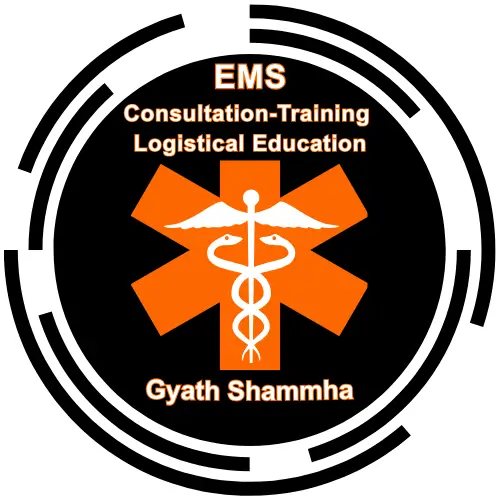Cardiac medications are often a complex and intimidating topic for students, nurses, and healthcare professionals alike. With so many drug classes, mechanisms of action, and clinical implications, it’s easy to feel overwhelmed. But breaking things down to the basics — like understanding adrenergic receptors and how they influence cardiac functioning — can make learning both efficient and intuitive.
Today, we’re using a high-yield visual summary to simplify the essentials of cardiac pharmacology. Whether you’re prepping for exams or brushing up on practice, this quick breakdown will help reinforce what you need to know.
🔹 Adrenergic Receptors: The Foundation of Cardiac Drug Action
Adrenergic receptors are proteins located on the surfaces of certain cells, and they respond to the body’s “fight or flight” hormones — epinephrine and norepinephrine.
The infographic smartly categorizes these into Alpha and Beta receptors:
🔸 Alpha 1 & Alpha 2
- Alpha 1 receptors are located in arteries and lead to vasoconstriction, increasing systemic vascular resistance (SVR) and blood pressure.
- Alpha 2 receptors, while also found in arteries, do the opposite: they promote vasodilation, helping lower blood pressure.
🔹 Beta 1 & Beta 2
- Beta 1 receptors (“You have 1 heart!”) are found in the heart and kidneys. Their activation increases heart rate and contractility, thus boosting cardiac output.
- Beta 2 receptors (“You have 2 lungs!”) are found in the lungs and skeletal muscles. They dilate bronchioles and arteries of skeletal muscle, improving oxygen delivery during stress or exertion.
💊 Medications can either stimulate (agonists) or block (antagonists/inhibitors) these receptors — forming the foundation for how cardiac drugs are used clinically.
💡 Cardiac Functioning: Understanding the Equations
The graphic breaks down two important cardiac equations every clinician should understand:
🧮 Heart Rate (HR) × Stroke Volume (SV) = Cardiac Output (CO)
This formula measures how much blood the heart pumps per minute.
🧮 Cardiac Output (CO) × Systemic Vascular Resistance (SVR) = Blood Pressure (BP)
This explains how blood pressure is derived from cardiac output and vascular resistance.
Together, these help guide how medications are chosen to treat conditions like hypertension, heart failure, and arrhythmias.
🫀 Key Factors That Meds Aim to Optimize
To improve cardiac performance, medications target one or more of the following:
- Preload – how much blood fills the heart before it contracts.
- Afterload – the resistance the heart must overcome to pump.
- Contractility – the strength of each heartbeat.
- Heart Rate – how fast the heart is beating.
By understanding these variables, providers can fine-tune therapy to enhance cardiac function and patient outcomes.
✅ Why This Matters
Whether you’re a nursing student, a new provider, or a seasoned clinician looking to brush up on the basics, mastering these fundamental principles can improve clinical reasoning and medication safety.
This visual guide distills a dense topic into something actionable and easy to remember. Bookmark it, print it, and keep it handy — because the heart of good care starts with understanding the heart itself.
